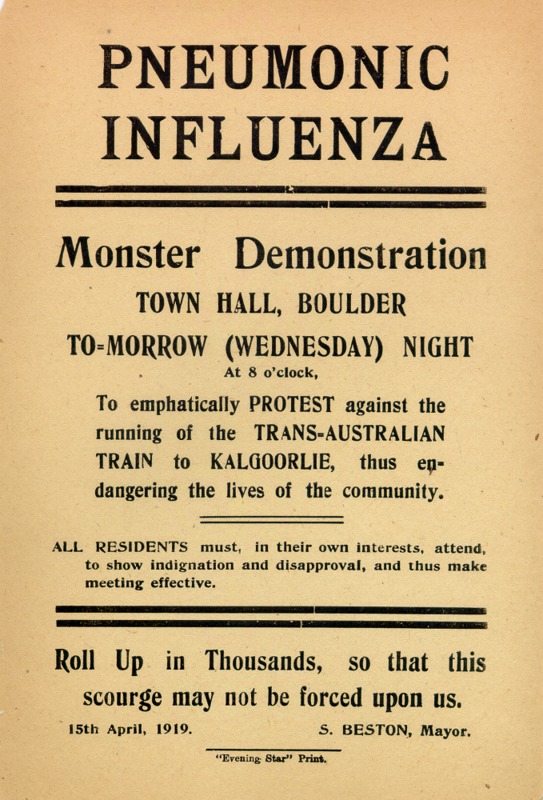Discontent
It was not long after Western Australia was, in the opinion of secessionists of the 1930s, 'dragged kicking and screaming into Federation' that rumbles of discontent could be heard throughout the State.
In spite of the huge 'Yes' vote, when the mainly Victorian inhabitants of the pro-Federation goldfields are excluded from the overall count of the 1900 Federation referendum, it is clear that the rest of Western Australia's population were much more evenly divided over whether to join the Commonwealth.
Within five years of joining the Federation, talk of secession had already surfaced in the States' conservative Legislative Council. Many Western Australians were unhappy with the removal of local tariffs on eastern manufactured goods which flooded the State. With tariffs removed Western Australia's small manufacturing industries were unable to compete. Conversely, the introduction of tariffs to protect goods of importance to the economy of eastern Australia, such as Queensland sugar, made a range of items more expensive in Western Australian markets isolated as they were from eastern suppliers.
A number of Western Australians, including the editor of the Sunday Times, began to advocate secession from the Commonwealth during the 1920s.
Focus questions
- What is secession? Why was this something Western Australians would consider?
- What were the divisions of votes for Federation in Western Australia? What areas were opposed and what areas were for Federation?
- Has Western Australia joining the Federation been a positive move for the state in the long term?
Key words
Secession
Tariffs
Economy

